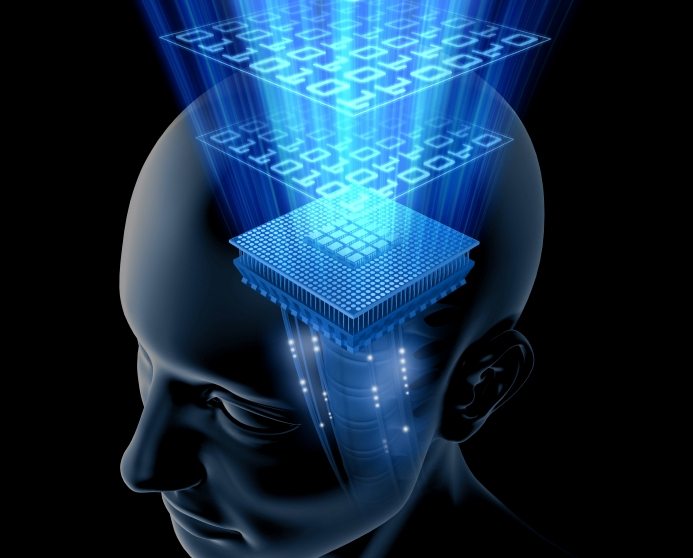One of the most popular applications for brain-computer-interfaces in in assistive health care, particularly to help people with physical and vocal disabilities. Recently, researchers at the Osaka University in Japan made a significant breakthrough by developing a brain-machine-interface (BMI) that has the capability to learn.
According to a report at SiliconRepublic, for three years, Christian Isaac Peñaloza Sanchez, a PhD candidate at the university has been working on a BMI that is connected to an individual’s head by means of electrodes. The electrodes measure the EEG signals in the brain. The formation of these signals reveals the users concentration level and state of mind. This data is collected via wireless sensors and the system uses it to make correlations between the user and his/her immediate environment.
The BMI can follow basic commands, such as moving a wheelchair, turning on a TV, or opening a window. What makes this system a breakthrough is that it can actually learn the commands. In an article in Engineering and Technology magazine, Tereza Pultarova explains that once the BMI has learned the series of commands from the user, any command can be initiated by either pressing a button or simply thinking about it. While the device is carrying out the instruction, it simultaneously analyzes the uses brain signals to see if it responded correctly. So far, trials have shown that not only does the BMI learn quickly, the user experiences less mental strain than if he or she had to initiate the actions unassisted.
The uses for this type of technology are far reaching. BMIs could be used to control prosthetic limbs, robots, computers and household appliances. Although BMI’s expansion beyond the medical field is currently embryonic, it has great potential in other areas, such as video gaming, multimedia and education.
Image credit: Brandon Turbeville




















